Dutch Oven
Cooking More Easy Dutch Oven One-Pot Meal Recipes Louise Davidson
Copyrights All rights reserved 2018 by Louise Davidson and The Cookbook Publisher. No part of this publication or the information in it may be quoted from or reproduced in any form by means such as printing, scanning, photocopying, or otherwise without prior written permission of the copyright holder. Disclaimer and Terms of Use Effort has been made to ensure that the information in this book is accurate and complete. However, the author and the publisher do not warrant the accuracy of the information, text, and graphics contained within the book due to the rapidly changing nature of science, research, known and unknown facts, and internet. The author and the publisher do not hold any responsibility for errors, omissions, or contrary interpretation of the subject matter herein. This book is presented solely for motivational and informational purposes.
The recipes provided in this book are for informational purposes only and are not intended to provide dietary advice. A medical practitioner should be consulted before making any changes in diet. Additionally, recipes cooking times may require adjustment depending on age and quality of appliances. Readers are strongly urged to take all precautions to ensure ingredients are fully cooked in order to avoid the dangers of foodborne illnesses. The recipes and suggestions provided in this book are solely the opinion of the author. The author and publisher do not take any responsibility for any consequences that may result due to following the instructions provided in this book.
The nutritional information for recipes contained in this book are provided for informational purposes only. This information is based on the specific brands, ingredients, and measurements used to make the recipe and therefore the nutritional information is an estimate, and in no way is intended to be a guarantee of the actual nutritional value of the recipe made in the readers home. The author and the publisher will not be responsible for any damages resulting in your reliance on the nutritional information. The best method to obtain an accurate count of the nutritional value in the recipe is to calculate the information with your specific brands, ingredients, and measurements. 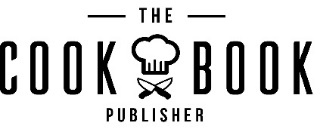
Contents
JUST FOR MY READERS! 100% FREE BONUS! To thank you for downloading my book, for a limited time, you can get these two FREE COOKBOOKS from the Cookbook Publisher.

Just CLICK HERE to download your two free cookbooks
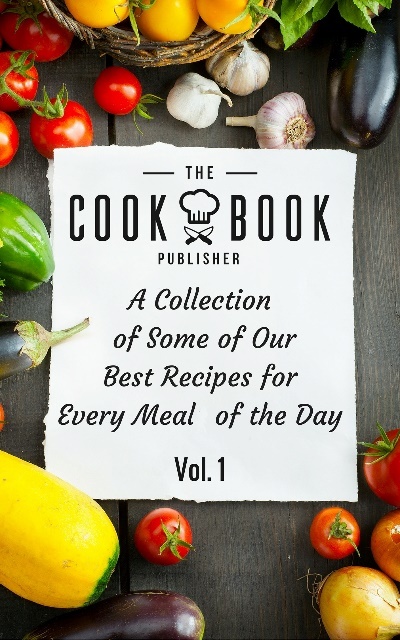
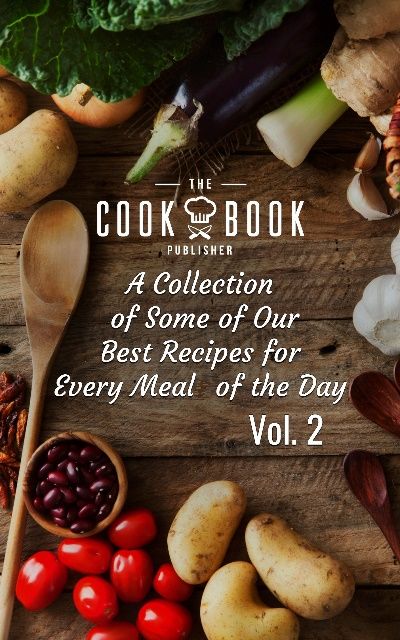
Introduction
Simply put, a Dutch oven is just a big heavy pot with a lid.
Its made of cast iron and is usually lined with enamel. The lid is tight fitting, which allows the pot to retain moisture, heat, and flavor. Sometimes Dutch ovens are also called camp pots or bean pots. So whats so special about it? Why are its owners professing their undying love for it? Let us count the ways:
- Its versatile . Because you can use it on the stove top and in the oven, you can cook in it almost any way you want boil, fry, broil, bake, stew you name it. Outdoor Dutch ovens can be used on camping trips with coal or briquettes as fuel.
- Its pretty .
Many models come in colorful designs that dress up kitchen shelves and tables. It has a vintage look. Dishes can be brought straight to the table without the need for a serving dish.
- Its durable . Many owners have had their Dutch ovens for decades and, except for some discoloration and minor chipping, their pots still work like new. Of course, its durability may depend on the material and the brand.
- Its a workhorse . Its a trusty kitchen friend and helper that can do a variety of jobs in large quantities and for long hours.
- Its energy efficient .
The thick walls made of cast iron and the tight-fitting lid help distribute heat evenly and retain it, even after the pot has been removed from the heat source.
- It makes food more healthy and delicious . The tight lid helps keep in the flavors and the steady heat makes meat super tender. The enamel lining also prevents any undesirable reactions between acidic food and metal.
- It makes cooking easy . Because you can go straight from stove top to oven, a lot of messy and time-wasting steps are eliminated from the cooking process.
- Its great for camping trips . The camp Dutch oven makes it possible to prepare delicious meals, desserts, and bread on camping trips or cookouts.
How Dutch Ovens Became a Part of American Tradition
The Dutch oven is not exactly Dutch. Dutch ovens have actually been around for centuries, and similar pots have been used in Japan, South Africa, Russia, and many European countries.
However, its design is based on technology that was first developed in the Netherlands. The Dutch were quite advanced in their know-how on making cast iron pots. Britain was one of the countries that imported pots from the Netherlands. It was in the later part of the 1600s that a man named Abraham Darby decided to see how the pots were made. He brought the technology back to Britain, patented his own process based on what hed picked up from the Dutch, and started his own line of Dutch ovens. From Britain, the Dutch ovens made their way to America.
Dutch ovens are very much a part of the American cooking tradition. Paul Revere himself is said to have designed the flat lid to hold coals, as well as being credited with the addition of the pots legs. These pots were considered heirloom treasures by their owners and were bequeathed to deserving descendants. Even George Washingtons mother, Mary Ball Washington, is said to have included her Dutch ovens in her will, leaving them to her grandchildren in 1788. The great explorers of then-uncharted American territory, Lewis and Clark, brought their Dutch ovens with them during their expeditions. Mormon pioneers in the 1800s also brought theirs when they settled in the American northwest.
In the 19 th through to the 20 th centuries, explorers in the mountains and on chuck wagons all brought their handy and hardy Dutch ovens with them, as did the 49ers of California and soldiers in the Civil War. Dutch ovens may not be as popular as they were hundreds of years ago, but their popularity has slowly risen again. The trend is said to have begun in the 1980s, when Dutch oven cook-offs were started. In 1997, Utah made the Dutch oven its official cooking pot. Texas and Arkansas have also named it their state pot.
Types of Dutch Ovens
Cast iron This is what most people have in mind when they think of the Dutch oven.
Types of Dutch Ovens
Cast iron This is what most people have in mind when they think of the Dutch oven.
It keeps heat well and is so durable it lasts for decades. However, it can be very heavy and a burden to carry on outdoor trips. If the pot isnt lined with enamel, it may need to be seasoned to prevent rusting, and iron from leeching into the food. Nowadays, most cast iron cookware has already been pre-seasoned by the manufacturer. Aluminum This doesnt rust and is lighter in weight than cast iron. Its easy to clean and doesnt need seasoning.
Aluminum heats up faster than cast iron, but its not as durable. Camp or Outdoor Just like the ones that the pioneers and explorers used, this pot has a flat lid and three legs, according to Paul Reveres specifications. Coals can be placed on the lid for baking. Additionally, the lid can also be used like a frying pan or grill. Enameled This version is non-reactive with acidic ingredients and doesnt require seasoning. However, it isnt non-stick, it chips, and it doesnt hold flavors.
Next page
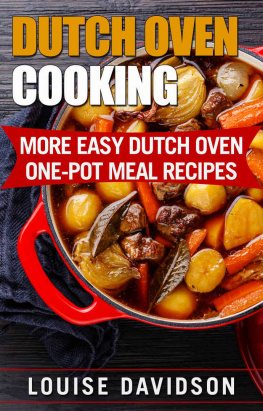

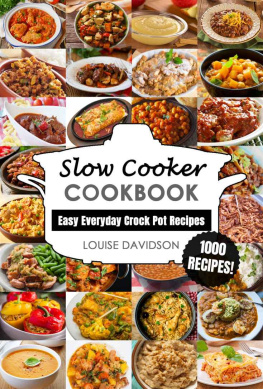

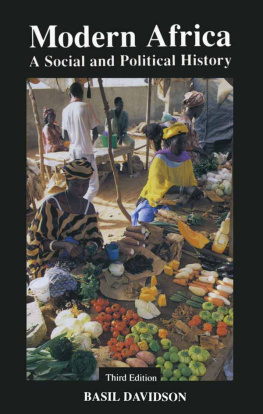

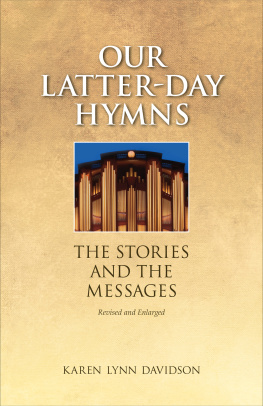
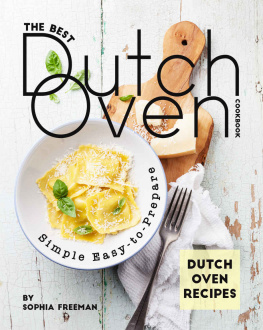
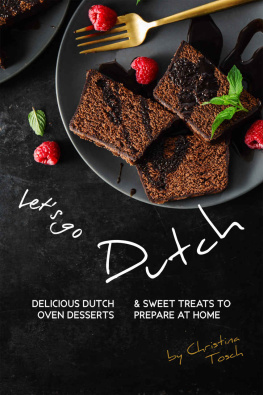

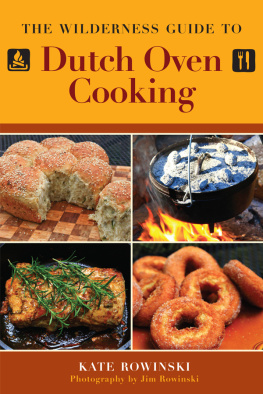
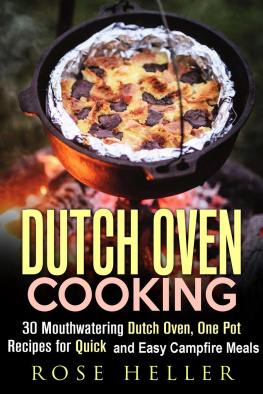


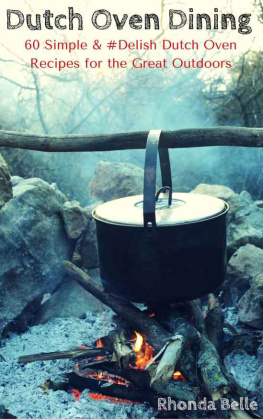

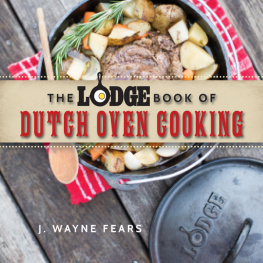
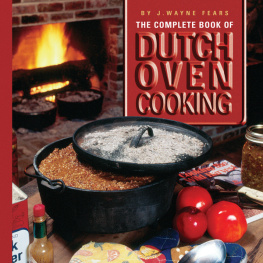

 Just CLICK HERE to download your two free cookbooks
Just CLICK HERE to download your two free cookbooks 
